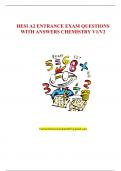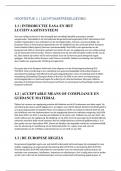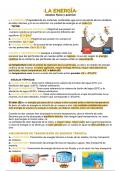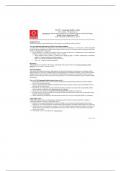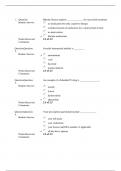Summary
Summary SOC 210 (Part A) Theme 1
- Course
- Sociology (SOC210)
- Institution
- University Of Pretoria (UP)
An in-depth and comprehensive summary of theme 1 (semester 1) Includes slideshows from the lectures. These notes allow for a detailed understanding and deep understanding. Important concepts are written in colour to make it even easier to study from.
[Show more]




